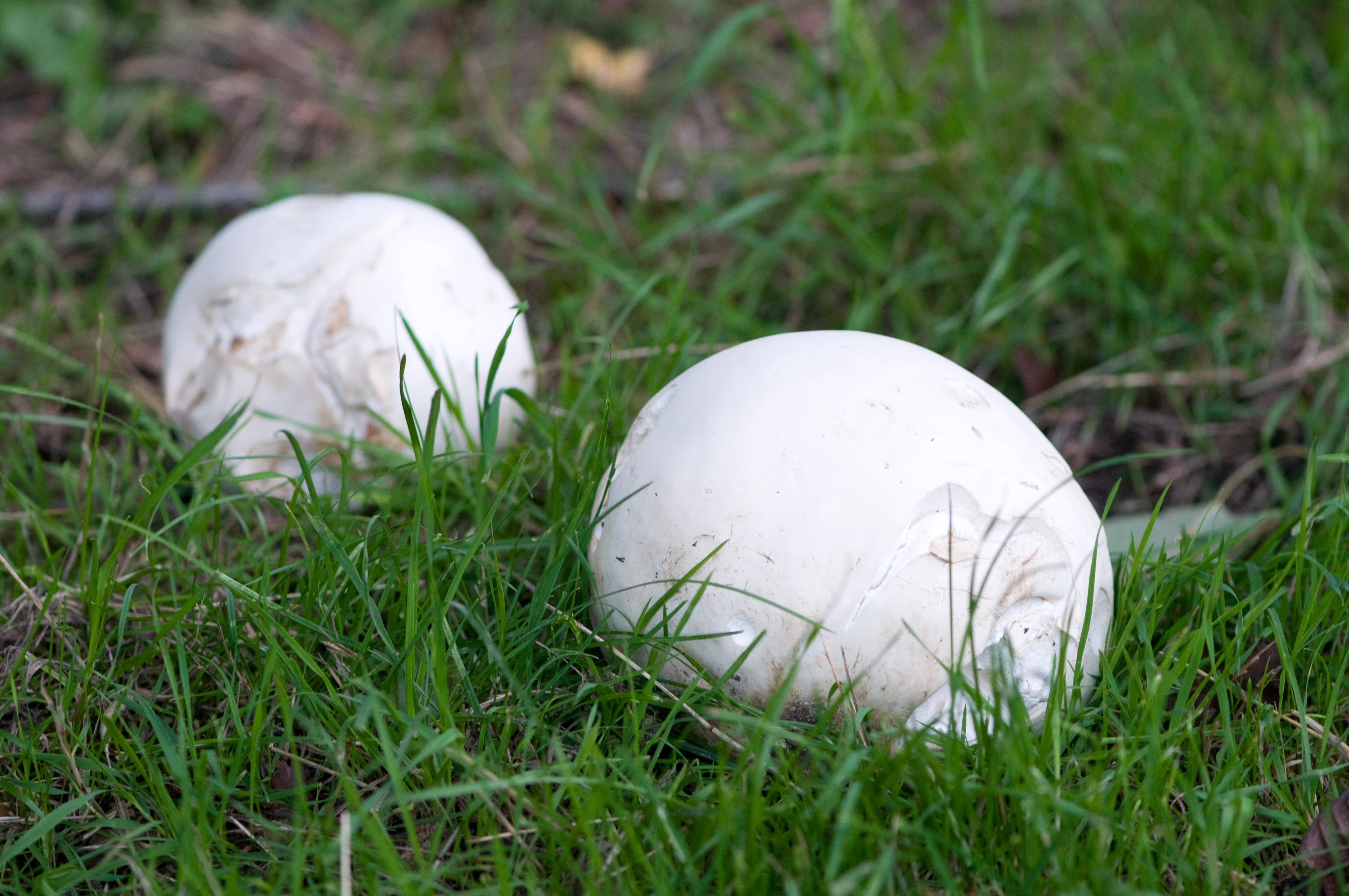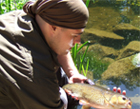
Foraging For Mushrooms | a Simple Guide
One of the most magical and fascinating of all wild foods is fungi. Love it or hate it, it is always a special moment to stumble across a perfect mushroom on a damp October day, the time of year that the mushroom season begins.
Fungi have quite a fearsome reputation, and are often considered to be poisonous or deadly. However, there are far more varieties that are not harmful and an awful lot that brighten up the frying pan of any forager. But of course, caution must be exercised at ALL times.
The Parasol Mushroom (Lepiota procera) is an autumn favourite, and one mushroom that is relatively easy to indentify from others. Their benefit is that they often return in the same area year after year.
Spring is a good time to look for some of our most famous of mushrooms such as the Morel (Morchella esculenta). This small mushroom, not unlike a brain on a stalk, is one that fills many with excitement, for a patch of morel growing wild is a rare find. Due to the shape of the morel they do make good homes for insects, so always check to see that your find is free of these. Often a preferred way of using morel is to dry them, which also gives the creatures that make these their home a chance to escape. Immediately after picking, they are best sliced thinly and cooked in butter with a twist of salt and pepper. Simple is best with these mushrooms, but beware, never eat a morel raw as at that stage they are poisonous!
The Giant Puffball (Calvatia gigantean), is another fungus that can be found out of the autumn months. Seen in midsummer, these gigantic white masses of the mushroom world can grow bigger than a football and as long as they are pure white they make a decent treat. Cut slices from the puffball, coat in beaten egg and then breadcrumbs, fry without delay. The taste is quite delicate with an almost marshmallow-like texture.

One question I get asked more than any other is, what’s the difference between a mushroom and a toadstool? Well, the simple answer to this is that there is no real difference; the name toadstool was just given to the mushrooms that people either knew or presumed where poisonous and not useful to man.
Some rules and pointers to keep you on the right path:
1) Always get the landowner’s permission before gathering mushrooms
2) Never collect rare or locally rare mushrooms 3) Buy a good identification guide (These charts are handy too!)
4) Never collect or eat a mushroom unless you are 100% certain of its identification
5) Never collect any fungi which look to be past their best
6) Always gather in clean areas
7) Always cut a mushroom from the ground rather than pulling them up as this will damage the fungus. Please note when identifying a mushroom this is not always possible as you need to also remove the volva from the ground with most mushrooms. Buy yourself a dedicated mushroom knife (Search the term mushroom here on our website to view a range of mushroom knives)
8) Stay away from any mushrooms with white gills
9) Mushrooms with pores instead of gills are often easier to ID and usually safer, of course there are always exceptions to this rule so still use your ID guide or tutor to help you
10) Never eat mushrooms raw
11) Never gather a mushroom in its button stage of life (very hard to identify at this stage)
12) Always double check the ID when you get home
13) Learn the poisonous and deadly mushrooms as well as the edible ones
14) Only learn one or two edible species at a time, a good rule of thumb is to learn 5 and just stick with those unless you are fanatical!
15) IF IN DOUBT LEAVE IT OUT!
Stick to these rules and you should stay safe, but this is by no way a complete list of precautions, I have simply stated some of the most common rules to keep you safe.


COMMENTS
LEAVE YOUR OWN COMMENT